

August 30, 2019
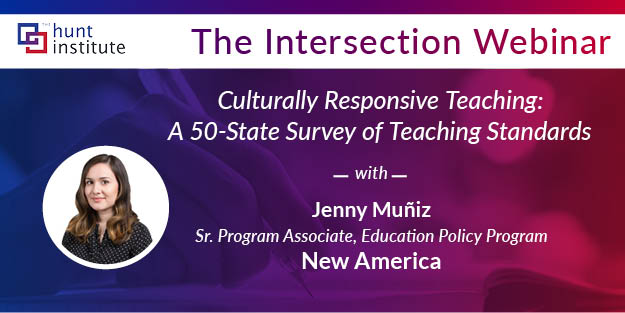
Educators across the country are welcoming students back to school, eagerly anticipating all of the successes and challenges that come with the profession. The emphasis on ensuring that all students are provided with an equitable learning environment is more important than ever as the demographics of our students continue to grow more diverse.
States are starting to focus more explicitly on the opportunity gap – what experiences, curriculum, and coursework are students of specific groups, often low-income students, students of color, English Language learners – not receiving?
Jenny Muñiz, senior program associate with New America, addressed this question in our latest Intersection Webinar. Reviewing her latest report, “Culturally Responsive Teaching: A 50-State Survey of Teaching Standards,” Jenny shared that one way the opportunity gap can be addressed is through an investment in culturally responsive teaching, “weaving together rigor and relevance.”
Before diving into the report data, Jenny shared why this instruction has been slow to become the norm, including a lack of diversity in the teacher workforce, inadequate teacher preparation and development, and misconceptions about culturally responsive teaching including the belief that celebrating diversity is not enough to move the needle on achievement and inclusivity.
Learn more about the report from our key takeaways and full webinar recording below.
Key Takeaways | Culturally Responsive Teaching: A 50-State Survey of Teaching Standards
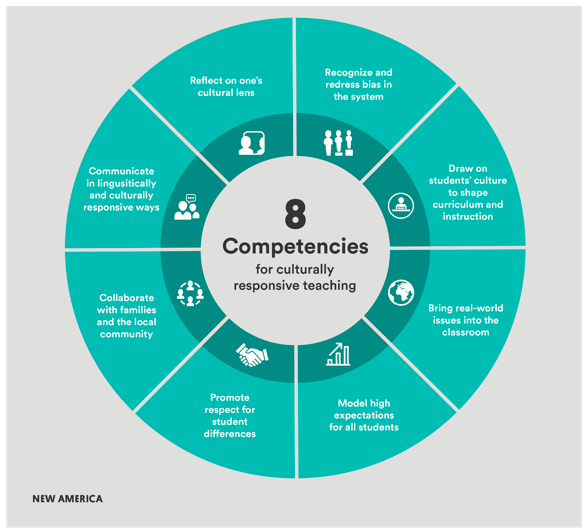
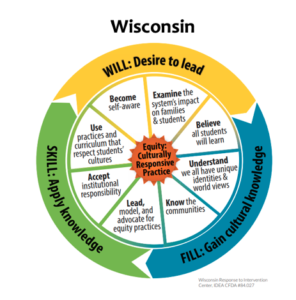
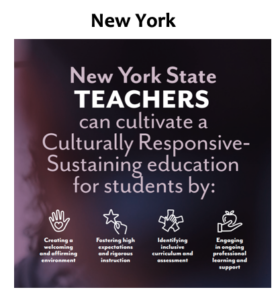
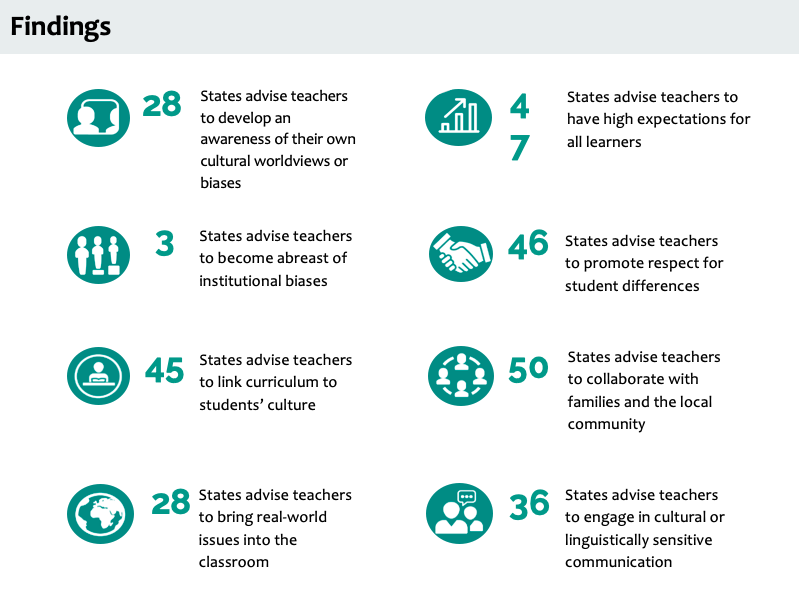
Watch the webinar:
Register here for our next webinar on September 11 at 1 p.m. ET. Craig Wacker, senior fellow at FutureEd, will discuss a recent report on how teachers can affect the social and emotional skills of students – Teacher Mindsets: How Educators’ Perspectives Shape Student Success.

See you at The Intersection!
The Hunt Team